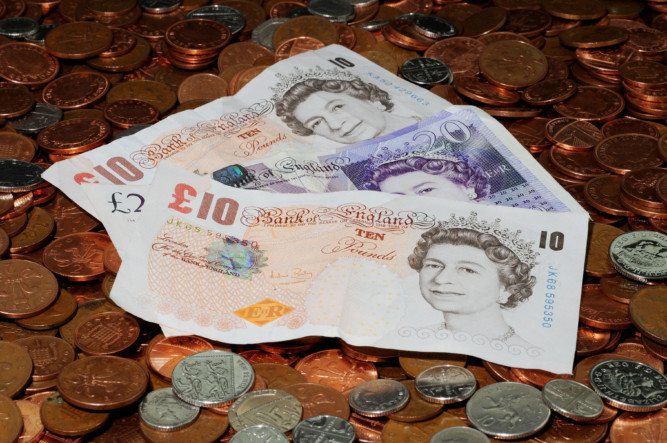
POCKET money has hit a nine-year high as families loosen the purse strings for the first time since 2013, research has revealed.
Parents are popping an extra 35p a week on average into their children’s piggy banks, according to Halifax’s annual pocket money survey.
Scots children receive the second highest amount of pocket money in the UK after London, at an average of £7.06 a week.
The survey of children aged eight to 15 and their parents found they now receive £6.55 a week on average, up from £6.20 a year earlier – a rise of almost 6%.
This is the highest amount since 2007, before the financial crisis struck, and also marks the first rise in the weekly allowance since 2013.
Halifax found the number of children getting pocket money also increased to 81%, up from 78% in 2015.
But despite the allowance boost, just over two-fifths of children are still not happy with their weekly handouts, with 42% saying they believe they should receive more than they do.
More than a fifth – 23% – also believe their friends get more pocket money than they do.
The survey showed boys tend to fare better than girls when it comes to the amount of money received, continuing a trend seen previously in the research.
Boys said they receive 77p more than girls a week – at £6.93 a week compared with £6.16 for girls, which means they are 13% better off.
The nation’s youngsters are also becoming savvy savers, according to the research, which revealed a big hike in the number of children putting cash aside, at 79% against 70% in 2015.
Almost one in eight – 12% – now save all of it, up from 10% last year.
But they might be taking their lead from parents, with nine in 10 saying they encourage their children to save some of their pocket money.
The study – which has been compiled by Halifax since 1987 – shows that parents, on average, start giving their children pocket money between the age of six and seven.
Giles Martin, head of Halifax Savings, said: “It’s reassuring to see that the average weekly amount has reached a nine-year high.
“Some parents are clearly not feeling the pinch in the same way as they have done in recent years, when weekly pocket money dipped as low as £5.89.
“It’s likely it’ll be a few more years until we reach the dizzy heights of £8.37 in 2005 though, when we saw the highest average pocket money since our records began.”
More than 1,200 children between eight and 15 took part in the survey, while 575 parents of children aged up to 15 were also polled.
READ MORE

Enjoy the convenience of having The Sunday Post delivered as a digital ePaper straight to your smartphone, tablet or computer.
Subscribe for only £5.49 a month and enjoy all the benefits of the printed paper as a digital replica.
Subscribe